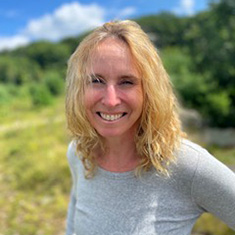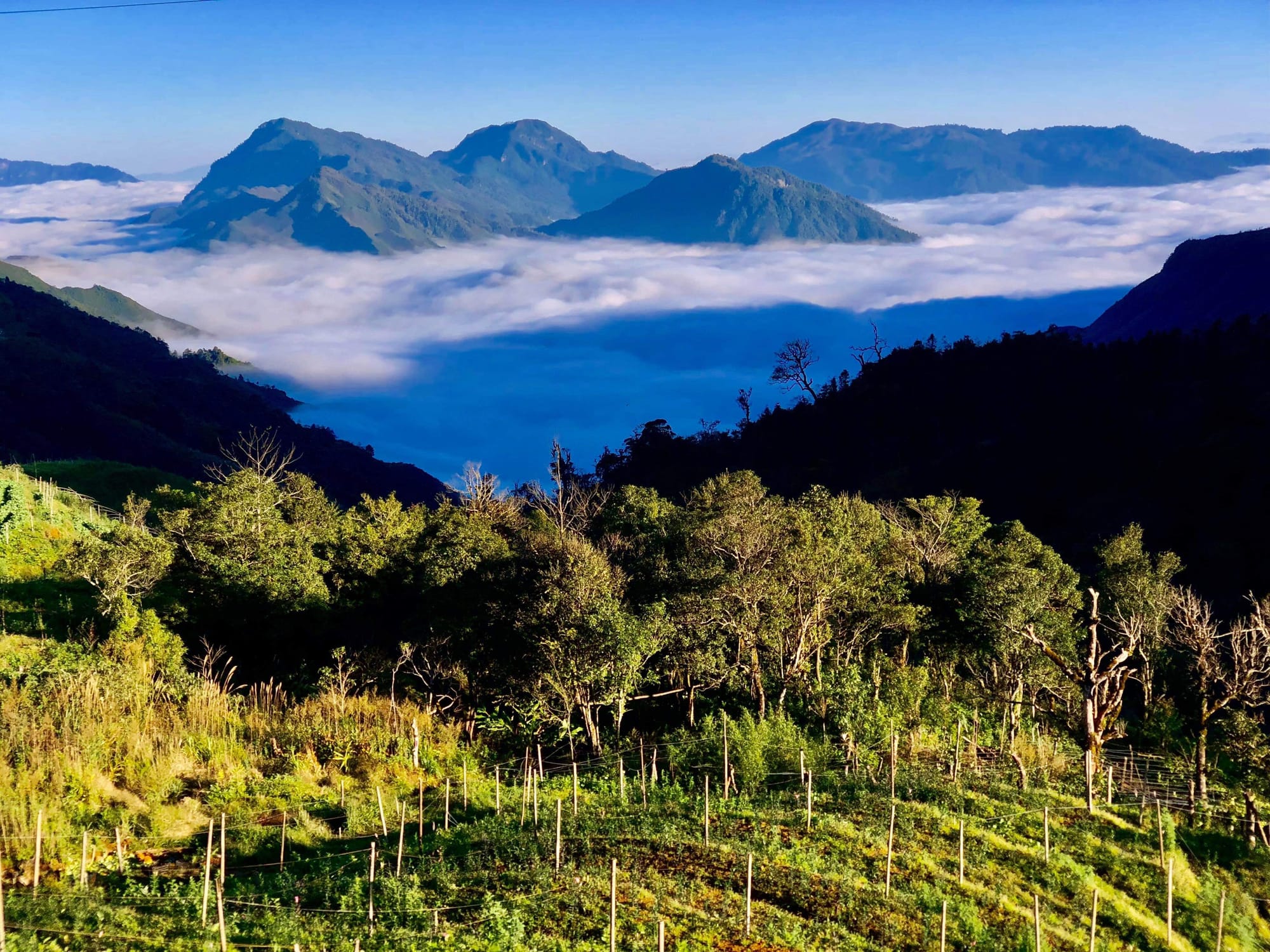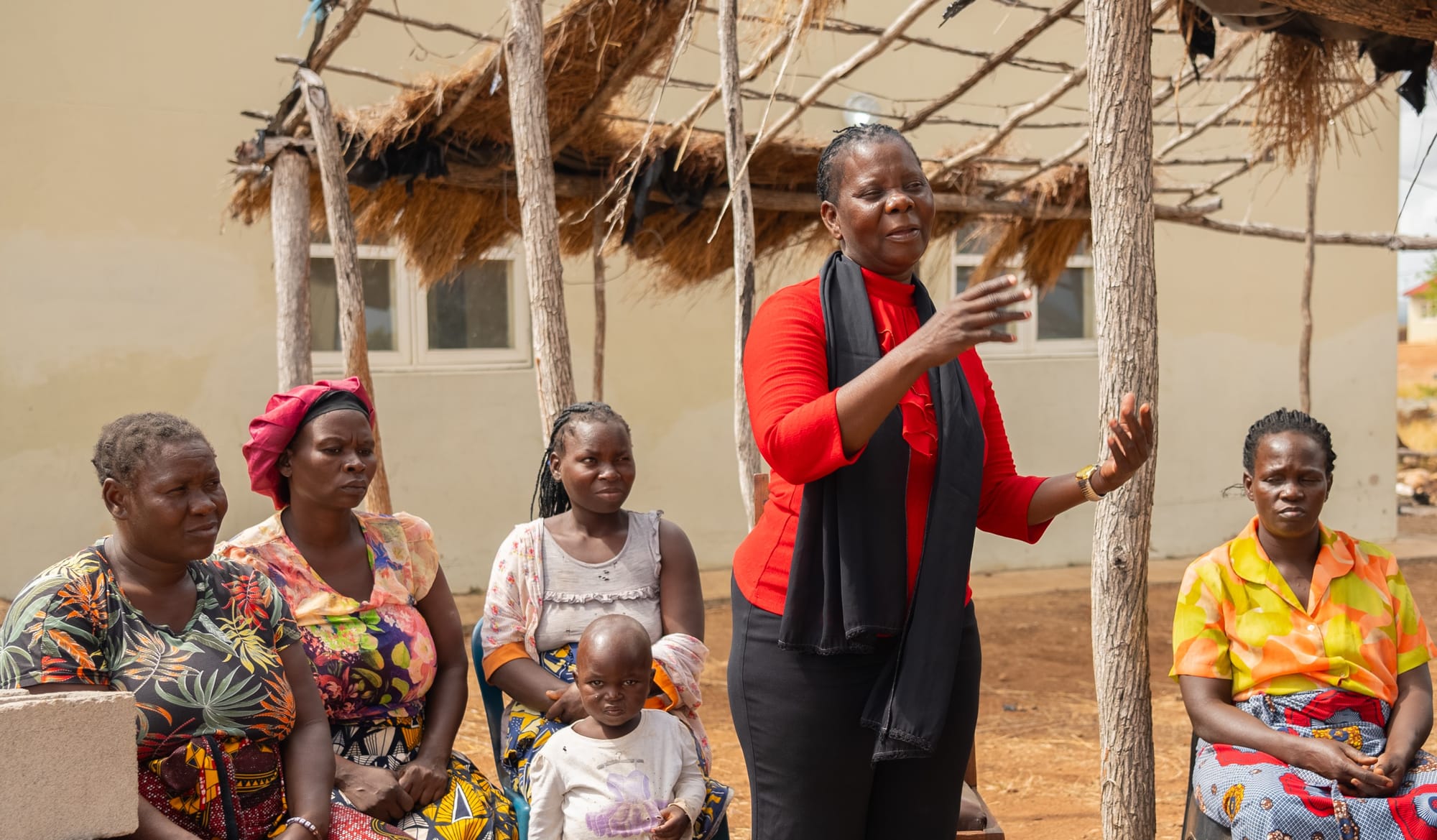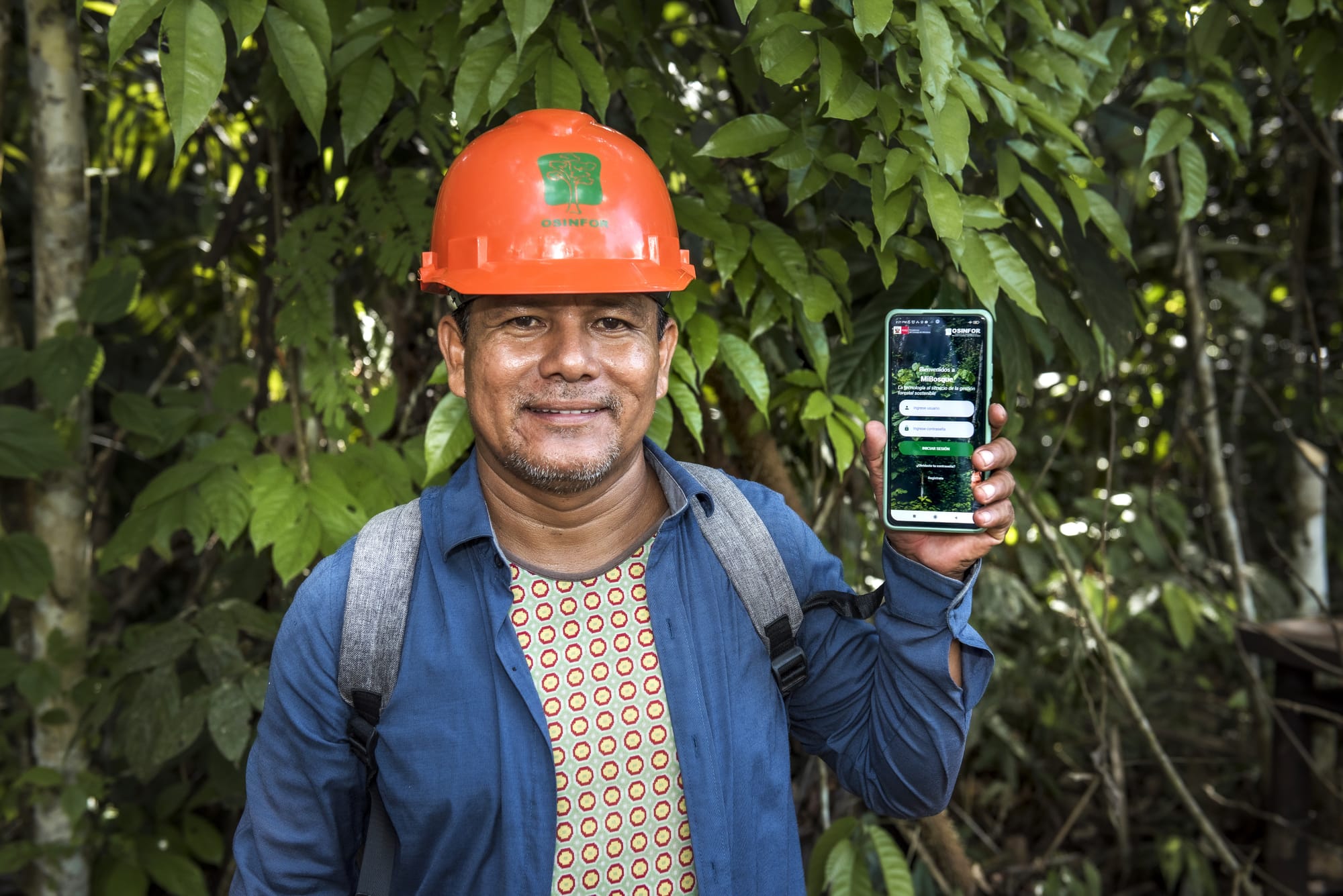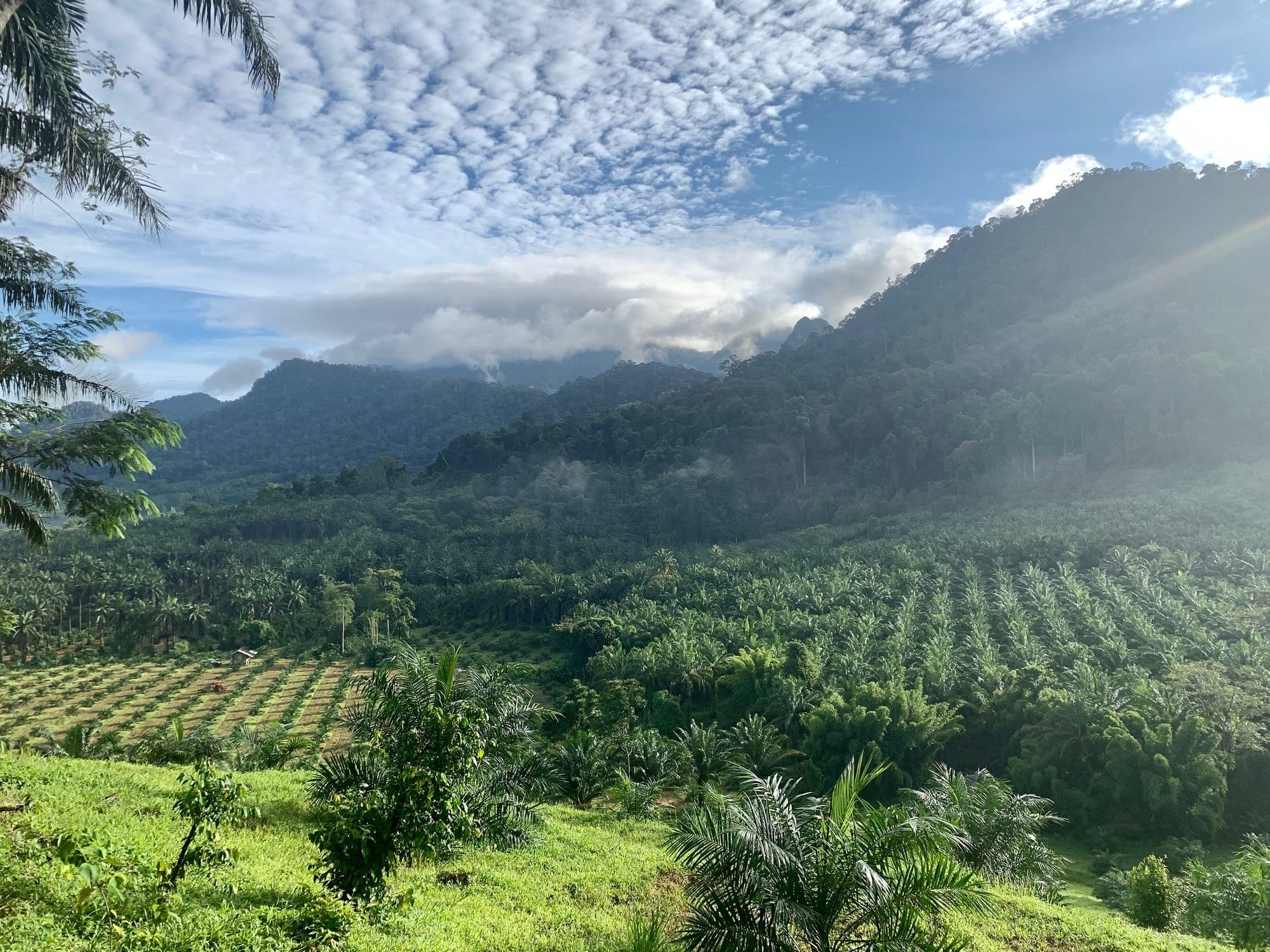We are witnessing a surge of effort by national governments to implement the regulatory frameworks necessary to participate fully in voluntary carbon markets and/or compliance with the Paris Agreement’s Article 6. In Latin America, Africa, and Asia, DAI supports government agencies to take the necessary steps to formalize domestic carbon markets. This is largely unchartered territory, although lessons and foundations from the clean development mechanism and voluntary carbon market are proving vital benchmarks on this journey. Nuances based on individual country experiences are also coming into play; for example, Vietnam is drawing from lessons learned from implementing payment for forest environmental services (PFES).
Christy Owen’s latest conversation on carbon markets is with Abraham Guillen, Chief of Party, and Nga Dang, PFES Specialist for USAID’s Sustainable Forest Management project in Vietnam. They talk about their work supporting the Government of Vietnam’s Ministry of Agriculture and Rural Development (MARD) to put in place a regulatory framework for the forestry sector to enable participation in a carbon compliance market scheduled to open in 2028. The aim is to create a financial incentive for avoiding and reducing carbon emissions from natural forest conversion and degradation, increase carbon sequestration through better management of plantation forests, and improve the quality, diversity, and productivity of natural production forests.
This is the second of a three-part series highlighting DAI’s support for developing carbon markets. You can read the first in the series here.
What development challenge is being addressed by establishing a domestic carbon market?
The intention is to address two challenges. The first is protecting Vietnam’s forests. Despite national increases in overall tree cover, there has been a reduction in the total area of Vietnam’s natural forests and in forest quality. The second is providing a financial incentive for communities and the government to keep trees in the ground. The government will receive revenue through a trade tax system applied to forest owners selling carbon credits.
Its national payment for ecosystem services, legalized more than 10 years ago, established Vietnam as a global leader in linking nature and business practices. Since legalization in 2010, the total revenue collected from PFES nationwide totaled $1.02 billion by the end of 2022. However, among the five forest environmental services currently recognized under the 2017 Forestry Law, payment for carbon sequestration from forests has not yet been realized. The carbon services will have a slightly different model from other services, like water, because carbon credit pricing will be set by a market that requires flexibility for both domestic and international buyers.
What support has DAI provided in developing a high-integrity market?
In 2022, the Vietnamese government issued Decree 06 to establish a domestic carbon market. According to this decree, forest carbon credits generated in Vietnam will be sold in mandatory markets via an offset mechanism to corporations seeking to reduce carbon emissions. Recently, the U.S. Government issued its principles for supporting the development of a high-integrity voluntary market. These principles are timely as the emphasis on “integrity” is critical for any carbon credits purchased for corporate offsets to mitigate and reduce the potential for greenwashing. Under the USAID Sustainable Forest Management project, DAI provides technical inputs for MARD to draft carbon standards and specific guidelines on how to offer forest carbon credits of high integrity that can be traded in the voluntary market with domestic or international buyers. In addition, given the importance of raising awareness and building capacity for policymakers to understand how voluntary and mandatory carbon markets work, DAI is providing consultation workshops as part of the drafting process.
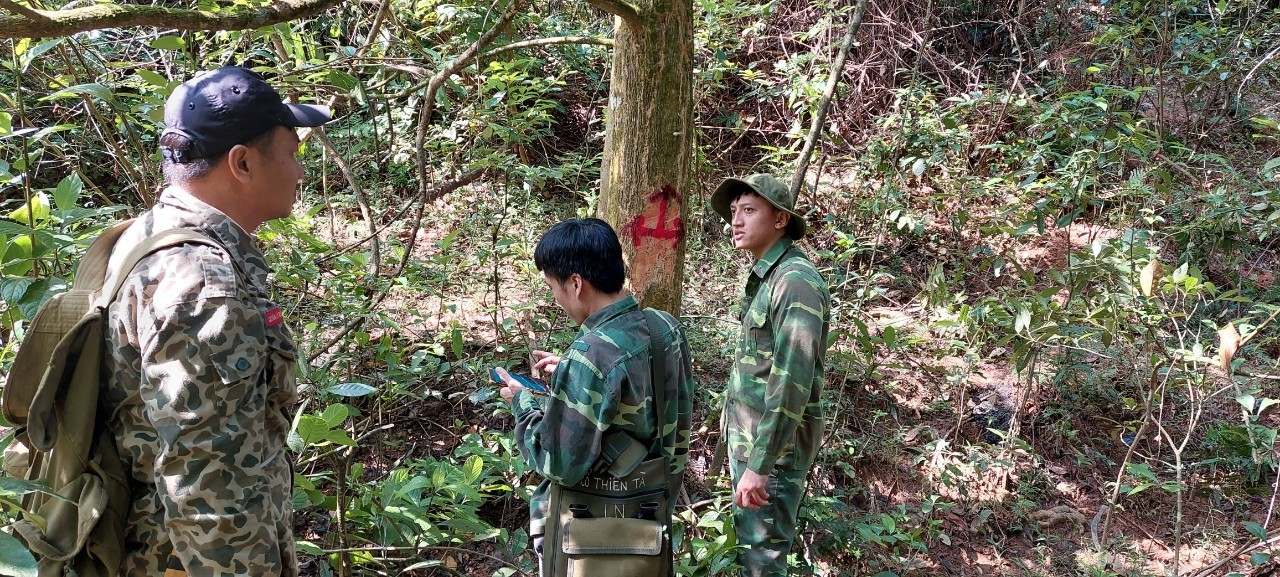
What are the main challenges?
Several challenges, some of which are not unique to Vietnam, must be addressed in collaboration with the government.
First, under Vietnam’s cap and trade mechanism outlined in Decree 06, a company may only purchase forest carbon credits equal to 10 percent maximum of its annual emissions reduction target set by the Ministry of Environment and Natural Resources (MONRE). This means that a company must find other means to reduce emissions and may not rely solely on purchasing carbon credits to meet its commitments. However, the potential amount of legitimate forest carbon credits available in Vietnam is much higher. This raises the question of how to sell the available forest carbon credits once the domestic market demand is met to realize the carbon market's full economic potential. Current regulation is solely focused on the domestic market. It does not cover trading on the international voluntary market, which is a gap to be addressed in the future to encourage growth potential.
A second challenge is reducing the transaction cost for verification of carbon credits issued in Vietnam. This directly links with ensuring the high integrity of credits traded to meet approved criteria for verifying a carbon credit. Vietnam is pursuing the development of domestic carbon standards, which will follow the Intergovernmental Panel on Climate Change requirements, such that credits issued will be able to contribute toward the country’s nationally determined contribution (NDC). However, this also means that some criteria will be lower than international standards for carbon credits. The rationale for the Government of Vietnam is to focus on building the domestic market first, targeting domestic buyers over international ones. International buyers can participate if they are willing to accept the domestic standards or work with forest owners to comply with currently accepted international standards at an additional cost, which will also open room for more carbon financing.
Thirdly, determining who “owns” the carbon and, thus, who has the right to negotiate the sale is complicated. Currently, the law indicates who can have the rights to manage the forest but not who owns the carbon generated by the forest. There is potential for a “lost income scenario” where forest owners negotiate a price lower than the market value, which could create a situation that does not fully protect the forests. So far, there is no regulation defining who can benefit from selling forest carbon credits because of this lack of clarity. The anticipated revisions for the forestry law from 2024-2025 should clarify this.
Finally, weak forest governance and law enforcement create a challenging investment climate. Through the Sustainable Forest Management project, DAI is attempting to address this risk by supporting the development of more robust legal instruments, improving data management of reported violations, improving forest management planning and implementation, and providing training to forest rangers on handling violations.
What tools or methodologies has DAI used or developed to support this work?
For Vietnam to meet its goal of opening the domestic carbon market in 2028, DAI is working closely with the Department of Forestry to support the development of carbon standards, including the criteria and the guidance for monitoring, reporting, and verification for the issuance of credits and credit trading. Tied to this effort will be creating a platform to manage the data linked to Vietnam’s forest carbon emissions and stocks. The first phase of the platform development is focused on managing greenhouse gas (GHG) inventory data. The second phase should connect to the national GHG inventory kept by MONRE.
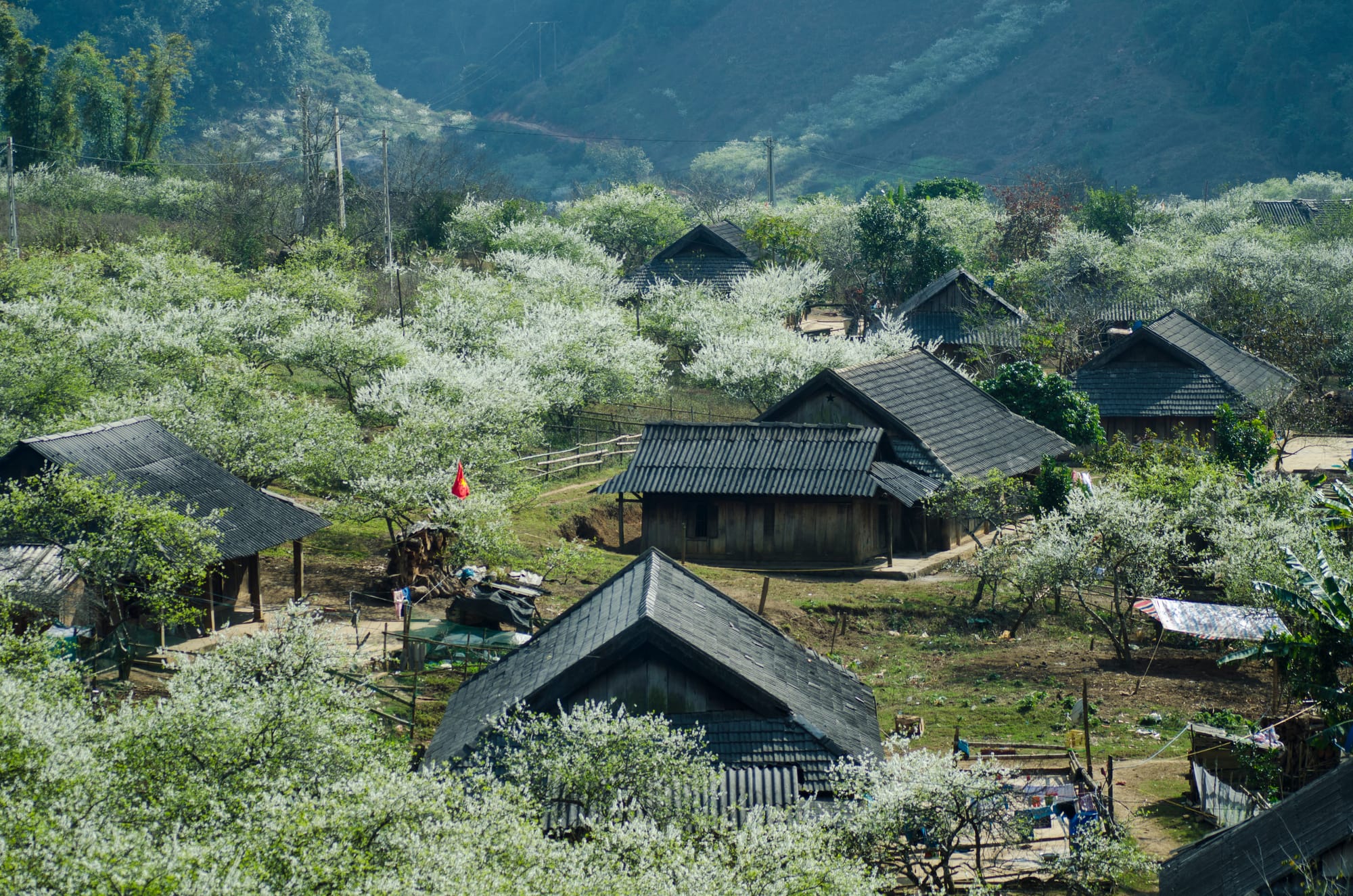
What lessons have we learned so far?
A few key lessons have emerged.
· Government willingness to engage is crucial. Without clear and transparent regulations and systems that provide confidence and integrity to the market, reputable investors will not participate, and the potential for greenwashing will remain high.
· Government officials must understand how the carbon market works and receive international assistance. There is a lot of work to be done to raise awareness and capacity while dispelling myths, such as the idea that purchasing credits equates to purchasing and thereby owning the forest.
· Cost in terms of time and resources for developing the market is a singular concern for government and communities. The PFES model being implemented is based on a “beneficiary pay” principle and is considered highly successful, with over $1 billion paid by companies—mainly hydroelectric companies—for ecosystem services. With this comparison in mind, Vietnam is developing its Carbon-PFES model to follow a “polluter pay” principle for polluters (for example, cement companies) to buy carbon credits through a domestic market and contribute to Vietnam’s NDC. The Government of Vietnam believes that this type of market design is more reliable and is, therefore, a reasonable first step for market development. How this system is translated into trade within international voluntary markets remains to be seen and developed.
What do you see as the future of Vietnam’s carbon market?
As Vietnam’s domestic carbon market develops, we expect to see demand grow from forest owners and carbon credit buyers benefitting from this system. It will be interesting to watch how the country’s approach translates into participation in the international market and whether other countries follow its model.
